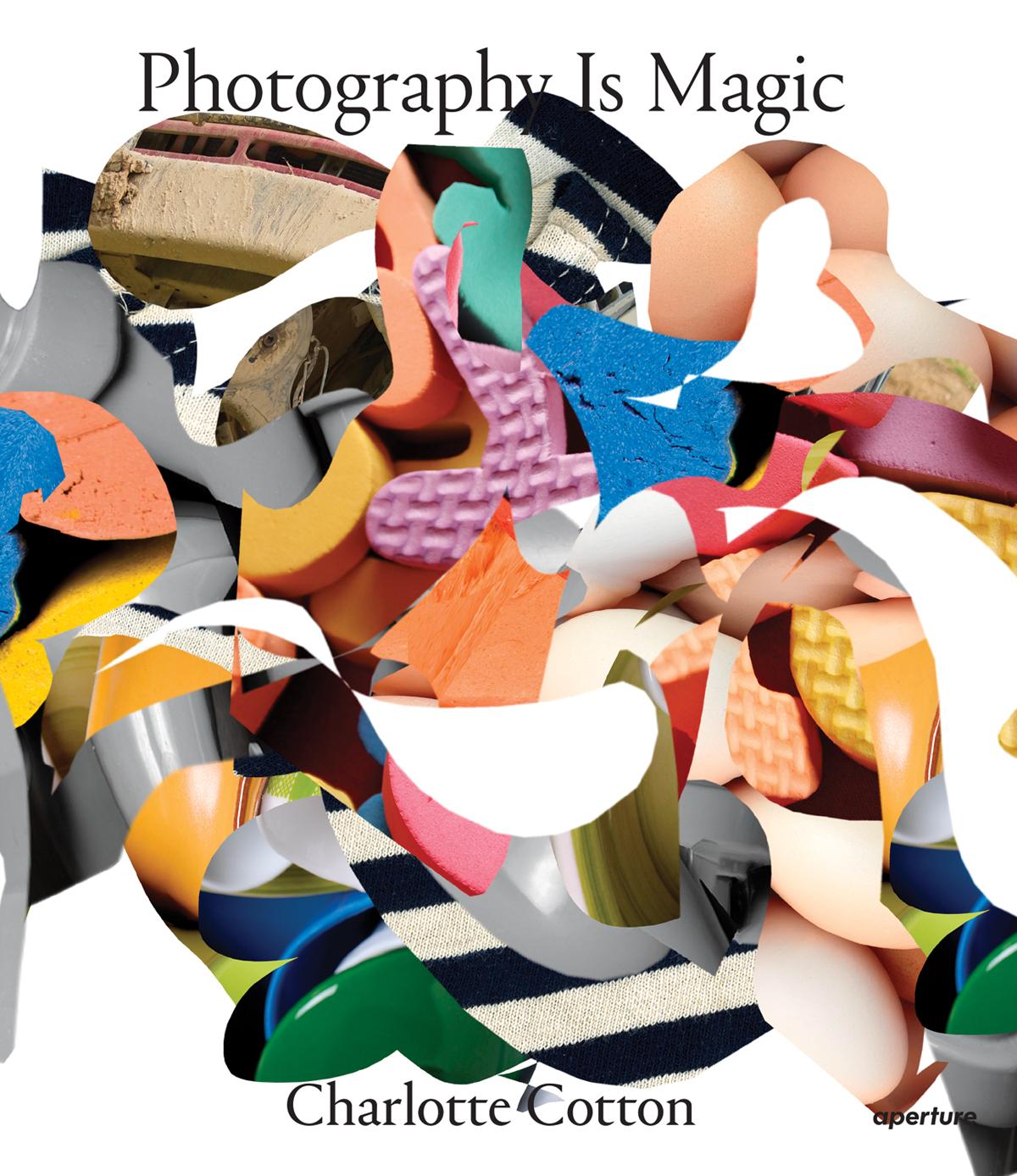Seeing Science
How Photography Reveals the Universe
$39.95
In stock
Seeing Science offers an insightful and reader-friendly collection of essays and pictures about photography’s role in visualizing science and building human knowledge.
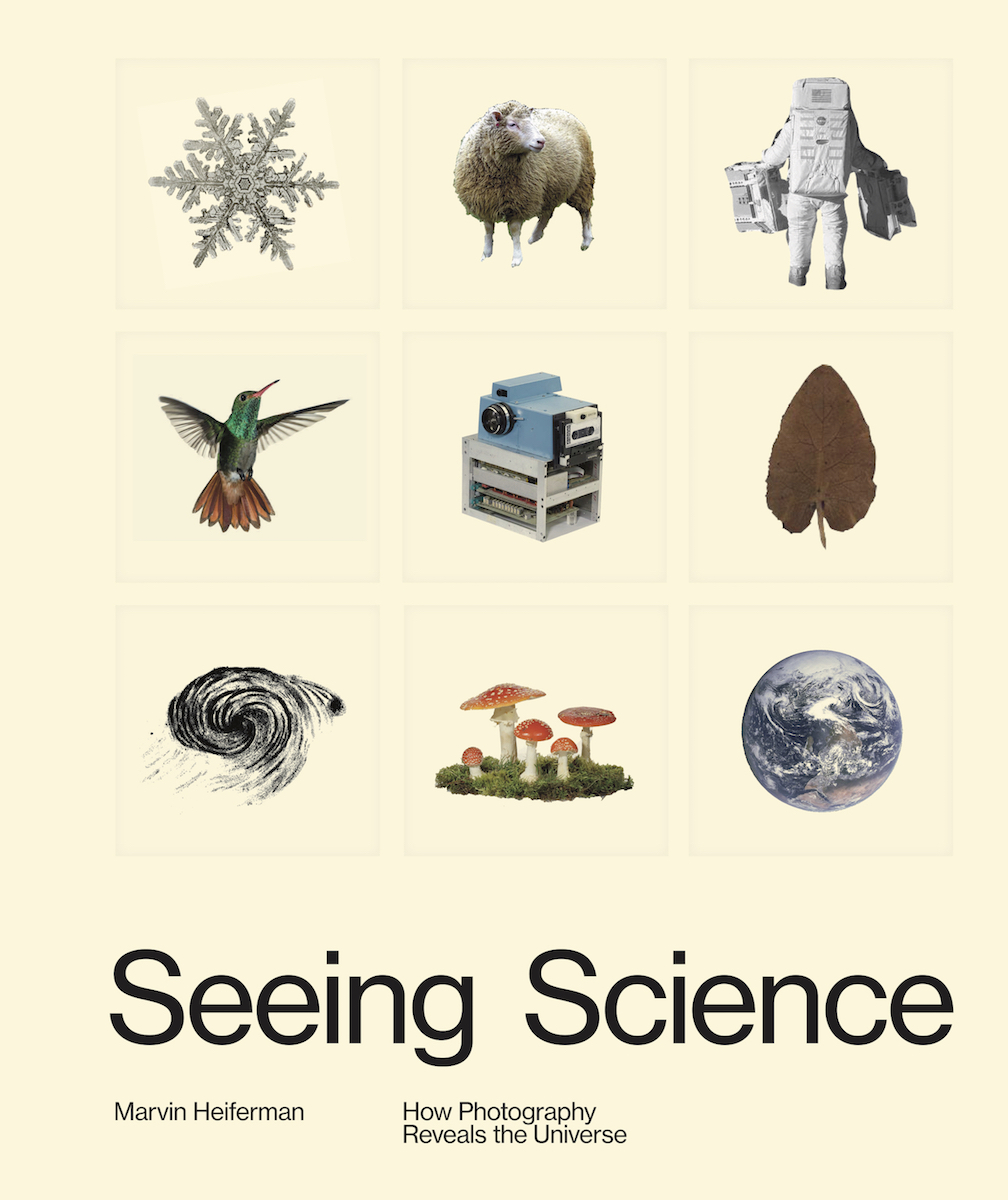
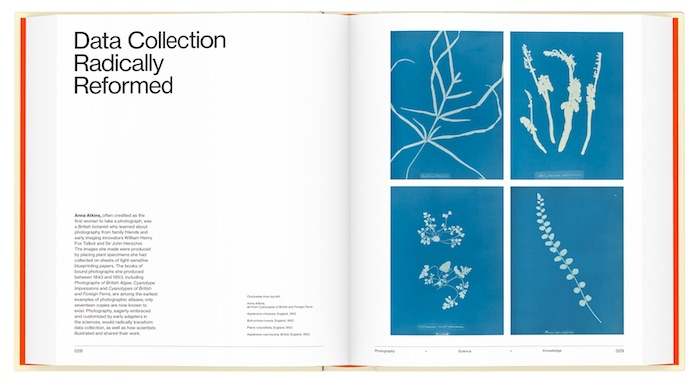

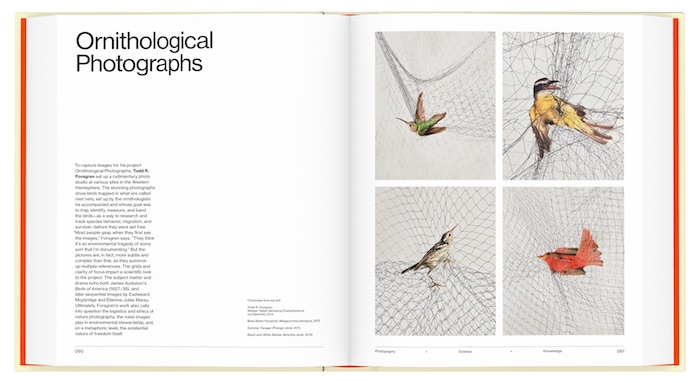

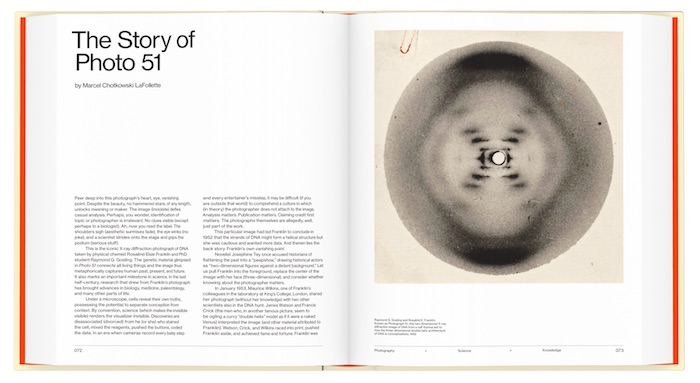
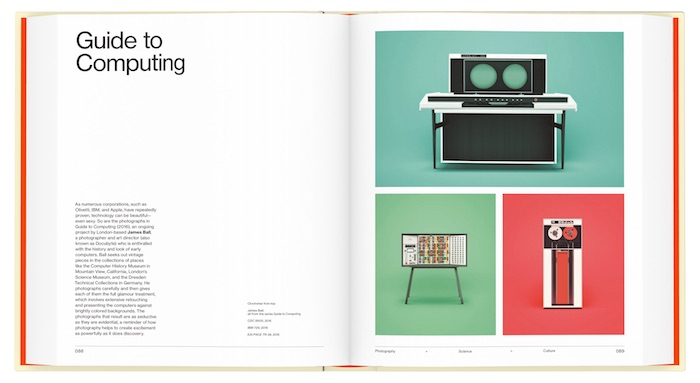

Photography and science have long been intertwined, helping to shape the way we look at the world. Scientists use photography as a way to gather information, explore, and learn, but just as important, photography is also used to promote scientific advances and has long served as an interface between the sciences and the public. Our understanding of outer space depends on images sent to Earth from the Hubble Space Telescope, just as our understanding of our own bodies depends on X-rays. Images make visible what lies beyond human perception.
Science is less an edifice of facts than a process of discovery and inquiry. In this way, it is not dissimilar to art; artists have engaged with some of the same scientific principles, using photography to imagine the world differently and present us with new experiences and ways of seeing. This volume presents both perspectives exploring how science is made perceptible, featuring over three hundred images and sixty short texts. Together they engage readers in a timely exploration of the extent to which our knowledge is formed and transformed through our interactions with photographic imagery.
Format: Hardback
Number of pages: 224
Number of images: 0
Publication date: 2019-05-29
Measurements: 8.3 x 10 x 1 inches
ISBN: 9781597114479
“Science is such a cornucopia that a book of visuals on its history could take up thousands of pages. Such is curator Marvin Heiferman’s prowess, however, that Seeing Science somehow covers everything in just 224. Heiferman takes us from ornithology, astronomy and genomics to ecology, chemistry and physics, on a dizzying tour of disciplines through lenses of the likes of Felice Frankel, James Balog, Rosalind Franklin and David Doubilet.” —Nature
Marvin Heiferman creates projects about photography and visual culture for institutions including the Smithsonian Institution, Washington, D.C.; Museum of Modern Art, International Center of Photography, Whitney Museum of American Art, and New Museum, New York; and Carnegie Museum of Art, Pittsburgh. Heiferman has written for numerous publications, monographs, magazines, and blogs, including the New York Times, CNN, Artforum, Design Observer, Art in America, and Aperture. He is the author/editor of over two dozen books on visual culture, including Photography Changes Everything (Aperture/Smithsonian, 2012).
Scott Kelly is a retired NASA astronaut best known for spending a record-breaking year in space. He is a former US Navy fighter pilot, test pilot, and veteran of four spaceflights. Kelly commanded the space shuttle Endeavour in 2007 and commanded the International Space Station for three expeditions. He resides in Houston, Texas.











